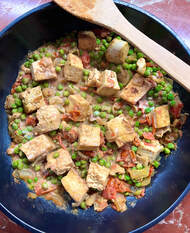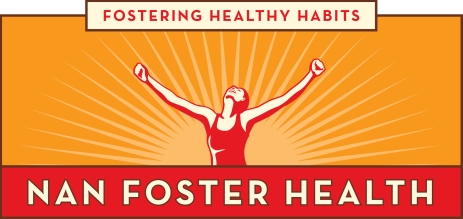
Hormesis is a term that evolved from toxicology. Scientists were surprised to learn that very small amounts of toxic exposure or ingestion actually support and boost antioxidant function and health, whereas higher levels and/or unrelenting frequency of exposure promotes disease because it overwhelms our ability to respond.
It turns out that regular, manageable challenge builds strength and resiliency! Whether it’s exercise, fasting or short-term calorie deprivation, very low grade toxic exposure, or episodic stress – these are things that benefit us because they stimulate our appropriate response. Conversely, what we don't use, we lose. The hormetic “zone” of activity varies by individual and expands as we build strength.
Consider some potent options to include in your “hormetic” toolbox:
- Exercise
- Fasting and Calorie Restriction
- Hormetic nutrition
- Temperature manipulation
- Additional hormesis activators
Bottom Line: Hormetic stress consists of intermittent, low level exposure to small amounts of challenge that promote health by stimulating the body’s resiliency.
_________________________________________________________________________________________TOFU PANEER
This vegetarian version of a classic Indian dish is easy and delicious. Originally a kid-friendly NY Times recipe, tweaking it with a few of my favorite ingredients made it very friendly for me too. I served it with an organic rice blend of wild and brown rice.
Serves 4
1/4 c olive oil
1 block extra-firm, high-protein organic tofu, cut into 1" cubes and patted dry
1 yellow onion, chopped
1/2 t fresh ginger, peeled and freshly grated
1 large clove garlic, chopped
1 t cumin seeds
3/4 t chile powder such as chipotle chili
1/4 t ground turmeric
3 plum or 12 cherry tomatoes, chopped
1 t salt
2 T almond butter
8 oz frozen peas
3 T non-dairy sour cream
1/2 t garam masala, optional
Pour oil into a large sautée pan. Add tofu cubes, and sautée over medium high heat for a few minutes, turning to cook each side until golden brown, about 10 minutes. Remove tofu and place onto paper towel on a plate to absorb some of the oil. Add to the same frying pan the onion, ginger, and garlic. Cook for 5 minutes, stirring occasionally. Add cumin seeds, chile powder, and turmeric and stir for about 30 seconds.
Add tomatoes, salt and 3/4 cup water to the pan. Simmer about 5 minutes on medium heat to thicken sauce. Lower heat a bit. Add almond butter and stir well. Add frozen peas and tofu to pan and stir until coated. Simmer for about 5 minutes to warm. Stir in sour cream and top with garam masala if using. Enjoy!
